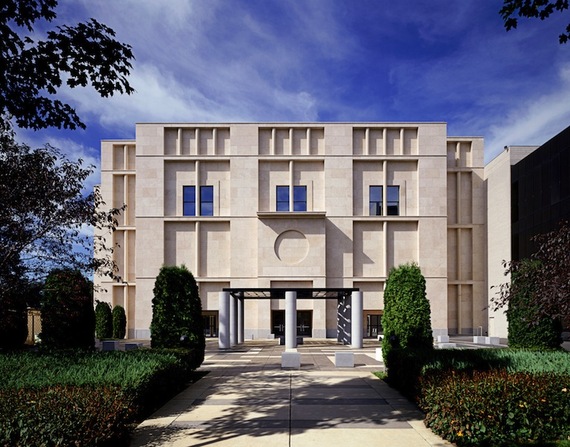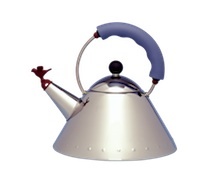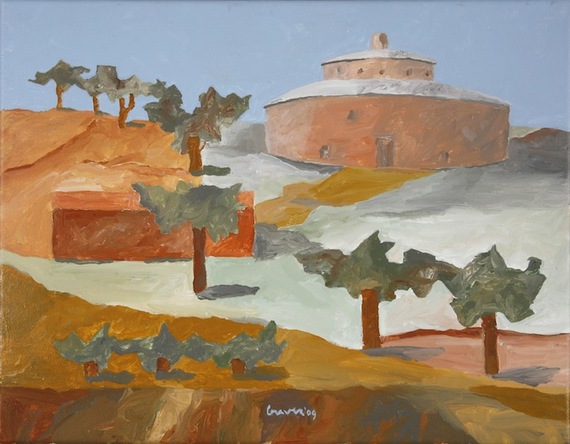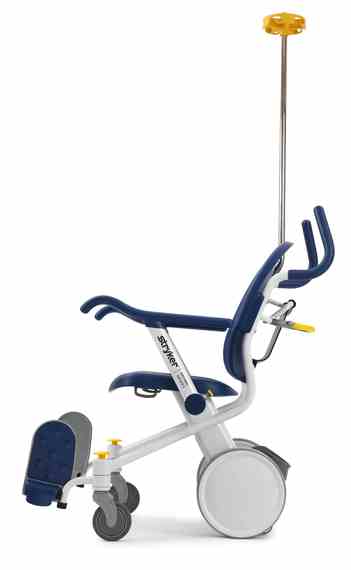It's hard not to marvel at the multifaceted arc of Michael Graves' 50-year career - and three events this fall will enable his followers to do exactly that.
One is a retrospective called "Past as Prologue," opening this Saturday at the Grounds for Sculpture in Hamilton, N.J. It's a tour through Graves' seminal architecture and product design, and reflects the evolution of his core principles.
"There are 2,000 objects, some from Target and JC Penney, and a few paintings in that show," he says. "There are some very early things in it too."
Then, on Saturday, Nov. 22, The Architectural League of New York will be organizing an academic symposium in his honor at Parsons The New School for Design. The day-long event will offer three panel discussions, with luminaries from the worlds of architecture, design and business discussing his five decades of design.
In his lifetime, Graves has been a Harvard-trained modernist, a Rome Fellow, a member of the New York Five, a postmodern master -- and a painter with a fine eye and muted palette.
That last facet is now on display at the Vendome Gallery in SoHo, with 60 of his paintings.
"The colors are very architectural," he says. "Frank Gehry once said to me that he was looking for a red that will stay red; I said I was looking for a red that will change in the sunlight, with a slight patina."
A number of the paintings were done from drawings he made while in Italy, among them landscapes and still lifes.
Most have been painted within the past five years, which is in and of itself a remarkable feat. Paralyzed from the waist down by an unknown virus in 2003, Graves has remained prolific in his art, his architecture and the products he designs. Among these are furnishings for a hospital room, and a new kind of wheelchair.
"I had been in and out of hospitals for three or four years and it was just awful," he says. "I've always been a glass-half-full kind of person, and I thought: 'You're an architect and a patient - do something with that.'"
So he did, designing furniture for a patient suite for Stryker, much as he'd once developed those household products for Target and JC Penney.
A chair for stroke patients features arms that bend up and out, much like a shepherd's crook. "When they can't find the arms to guide them into the seat, it allows them to grab hold as they're getting in and getting out," he says.
Perhaps his most ambitious and successful design is for the Prime TC transport chair, which enables patients to wheel themselves from hospital room to MIRs or CAT scans. "The current chair was designed in 1933," he says. "It hadn't been improved, so I decided to do something about that," he says.
When his firm was named one of the top 25 most influential designers by a leading health care magazine, that section of his practice picked up considerably. And today, he clearly enjoys it:
"I asked an architect recently what kind of building he'd do next, and he said: 'No healthcare,"' Graves says. "I said that I'd do nothing but healthcare."
His perspective, like his architecture and design, is all about enduring.
J. Michael Welton writes about architecture, art and design for national and international publications. He also edits and publishes a digital design magazine at www.architectsandartisans.com, where portions of this post first appeared.



